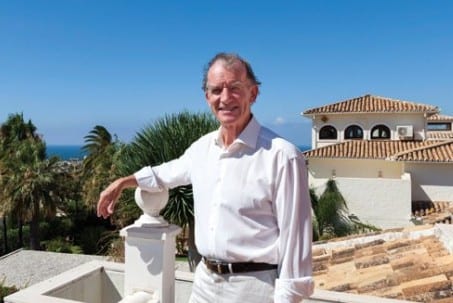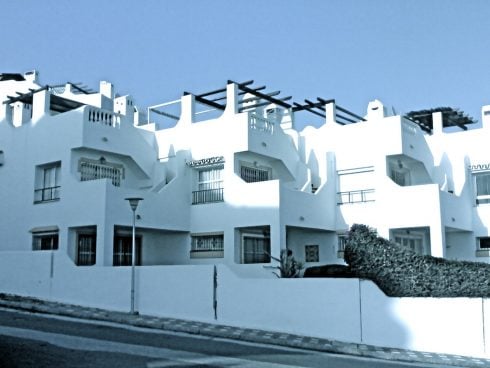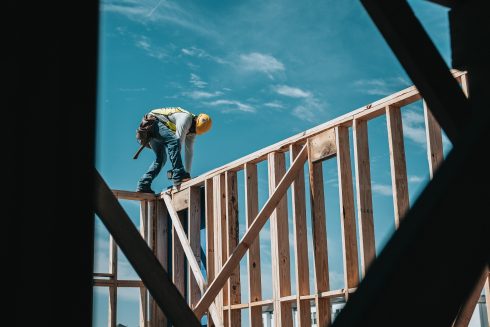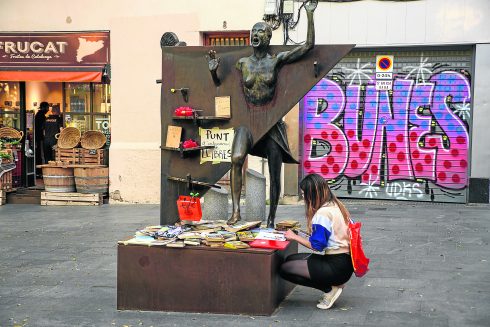 AT last the Junta has passed legislation to bring an end to some of the nightmares engulfing owners of homes that have been found to be illegal.
AT last the Junta has passed legislation to bring an end to some of the nightmares engulfing owners of homes that have been found to be illegal.
For a property to be legal, it must be built within the urban ‘envelope’ of a municipality as shown on their Town Plans and to comply with all the planning and construction regulations.
Unfortunately, in the ‘Wild West’ boom period around the millennium tens of thousands of properties were built in Andalucia outside of these ‘nucleus’ areas.
They became ‘graffiti’ on the hillsides and whilst giving the new owners views ‘to die for’ and privacy and remoteness, they also destroyed the environment for others, caused pollution and eventually gave the Junta a real headache when it belatedly woke up to the situation (and realised that there was tax and licence income being lost).
They couldn’t just declare them legal as they weren’t and didn’t fit in with any of the planning requirements.
Often too, as we have seen during our surveys, they can be really ramshackle and don’t meet many of the building regulations.
They were built and bought naively by eventual occupiers because ‘everybody else was doing it’.
Much of the locals’ attitude may have stemmed from previous times when planning was flouted and it was legalised by the payment of fines.
However, many landowners, politicians, architects, lawyers and other ‘con men’ knew full well what was going on and made much money out of it.
So semantics came to the Junta’s rescue and they can now ‘regularise’ these homes. However, they have to comply with a number of points, so many will still be illegal and possibly subject to fines or even demolition.
1. It must be at least six years old. Why six? I don’t know, but that’s what the regulation says. And is that at the start of construction or when they were first occupied and how is that proved?
2. It must be on the list of irregular constructions in a municipality that has submitted the list and had it approved by the Junta. Apparently as many as 60 of the 103 municipalities in Malaga province alone haven’t yet submitted their list.
3. It must not be in a specially protected area such as a natural park, special water catchment area, dry river bed (there is no such thing as some winters can be much wetter than the 10 before!), areas covered by the Ley de Costas, etc.
4. Presumably, they will have to comply with all the building requirements and certainly those relating to electricity, drinkable water and sewerage. So that will mean getting an architect’s certificate confirming compliance.
5. And also, like any new building, they should have to have a decennial structural insurance policy. If they don’t have a policy, then they will be prohibited from selling for 10 years and that will run from the date of registration. It is possible to get a retrospective one, but it will have so many caveats because nobody knows what was actually built, as to be effectively useless.
6. And last but not least, an energy certificate.
So, a small step forward, but many still to go to achieve full security.










Campbell, where were you in 1998 when my partner and I first entered the Spanish property market? I don’t remember hearing you screaming all this stuff from the rooftops back then. You quote things like “Wild West” and “hillside graffiti”. since when? Even if you weren’t around back in 1998, you have had plenty of time to come forward with all this stuff since then and while the majority of the so-called illegal building was taking place. Can you guide us to some of your previous editorials with said warnings?
Admittedly there are some ugly, scruffy old shacks knocking about in the campo but the majority of the properties where we live are neat, tidy, well maintained and in keeping with their surroundings and they are certainly not damaging the environment. Do you want everyone to live in hideous tower blocks which, incidentially, are far more polluting? As for the properties meeting building regulations, we made sure that all our properties far EXCEED any Spanish criteria and we know many others who have done the same.
It would appear that you are attempting to be an apologist for actions of the Junta de Andalucia (or inaction while these houses were being built under their noses) while at the same time trying to protect a troubled property market and justify expensive red tape – the Junta, lawyers, architects and surveyors will make money out of DAFO. Good luck with that.
Think you will find he wasn’t in the area till 2001.
As Campbell stated,
“At “LAST” the Junta has passed legislation to bring an end to some of the nightmares engulfing owners of homes that have been found to be illegal”.
So basically he is presenting the current understanding of what constitutes a illegal/legal construction. As this had not been decided previously he could not give a legal point of view but has now outlined the position of the Junta..
.